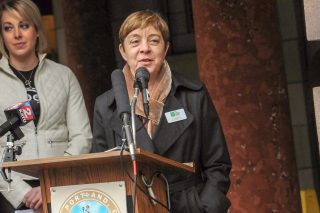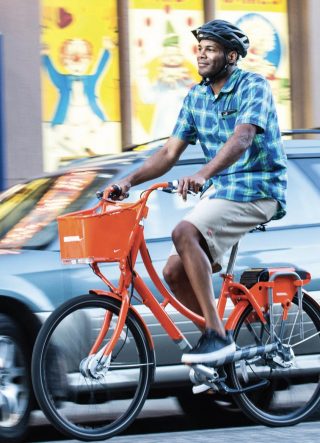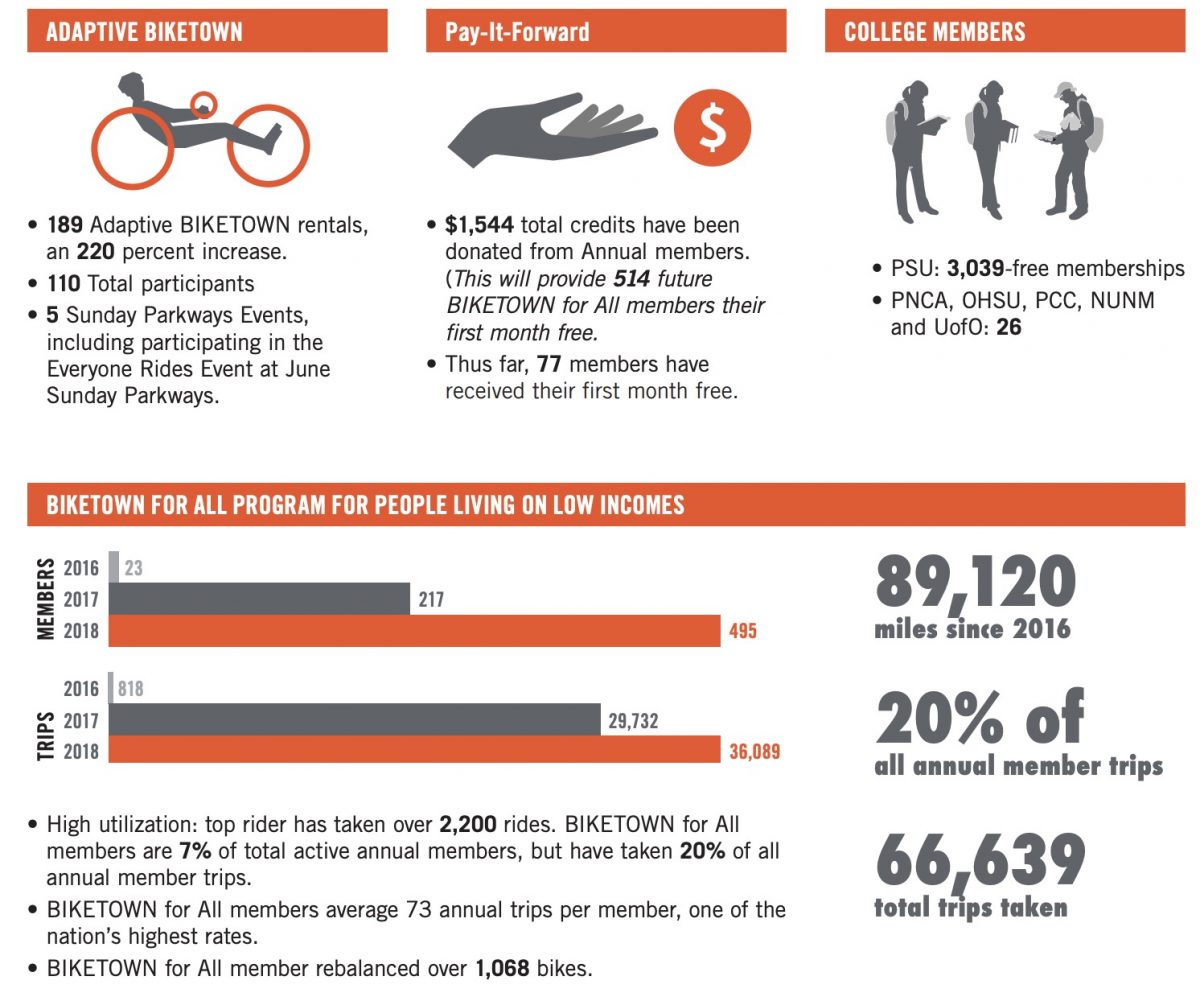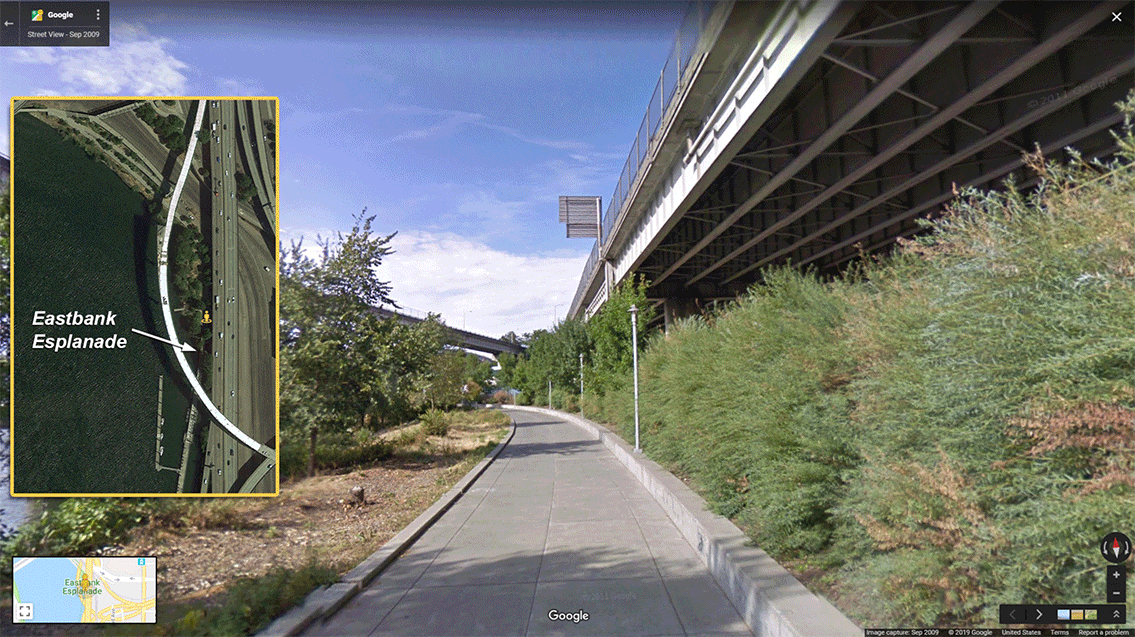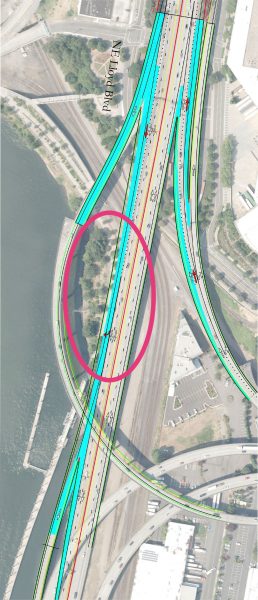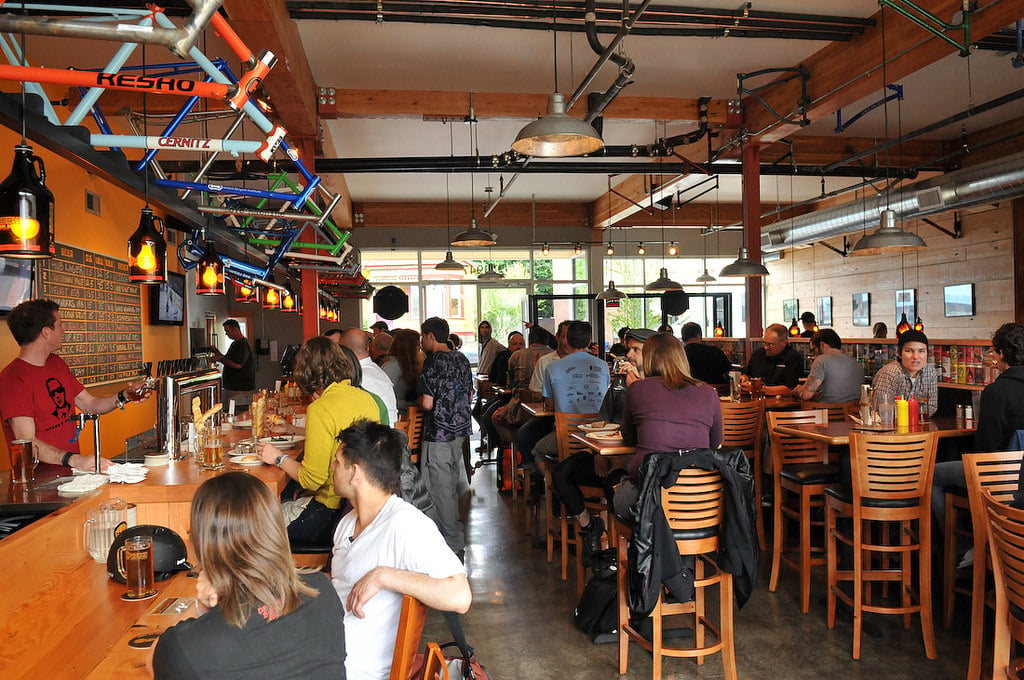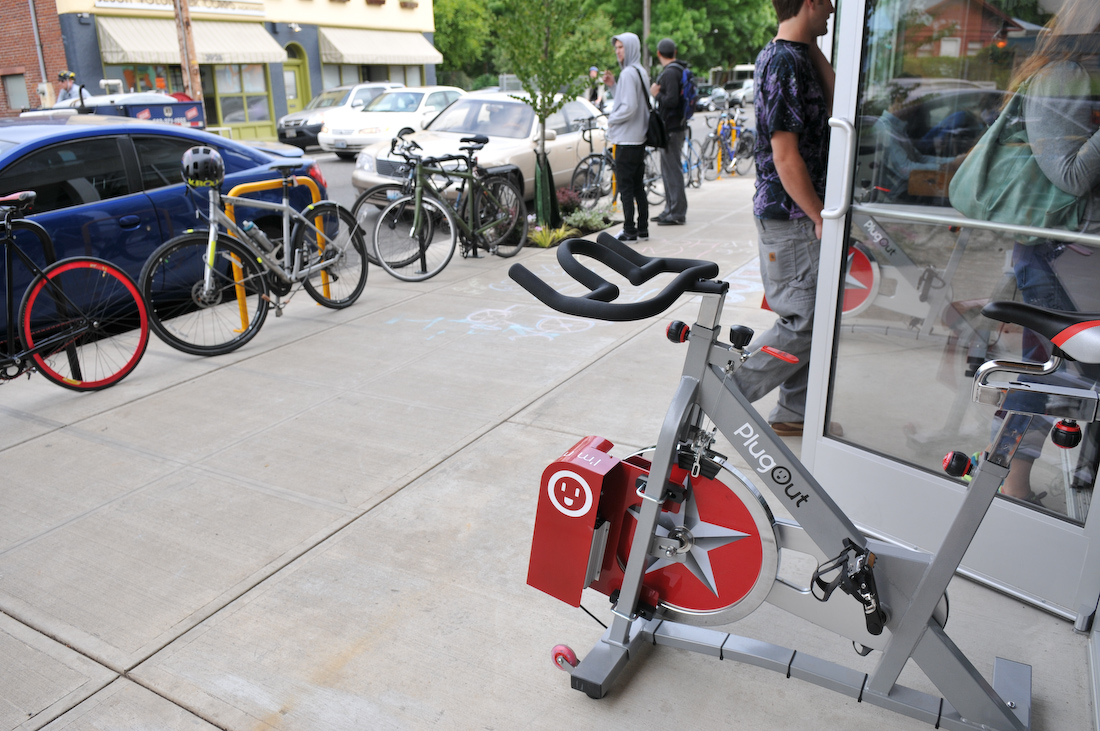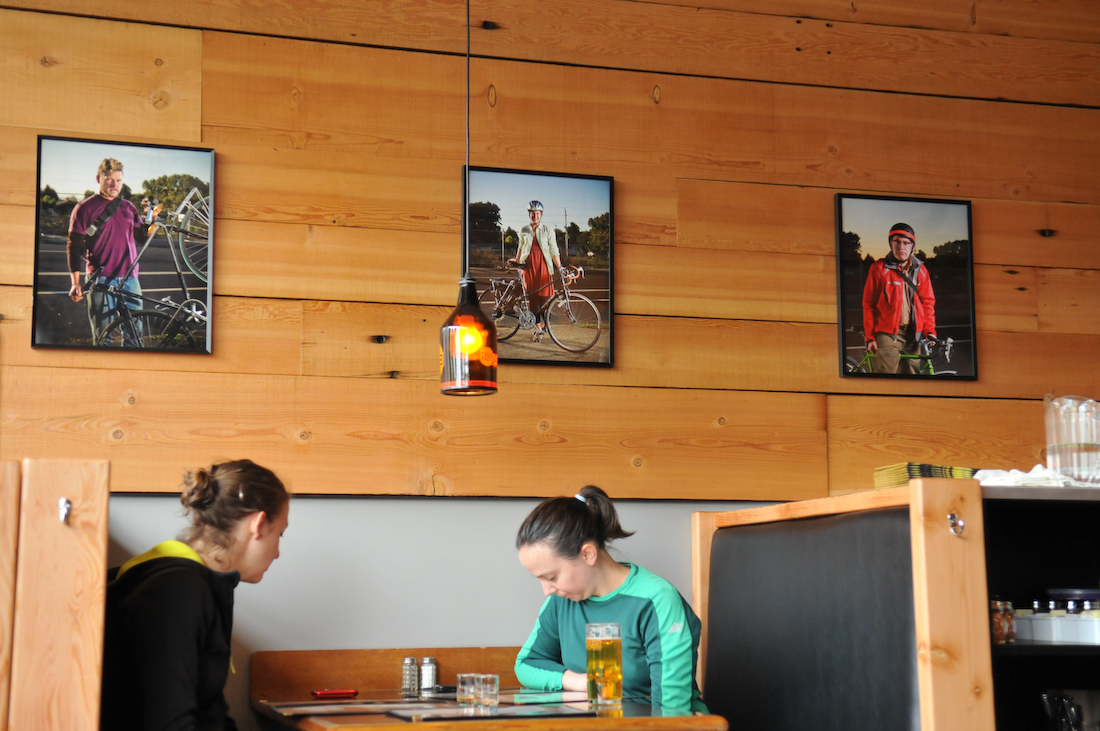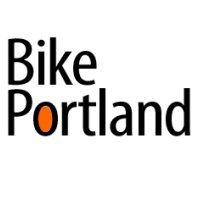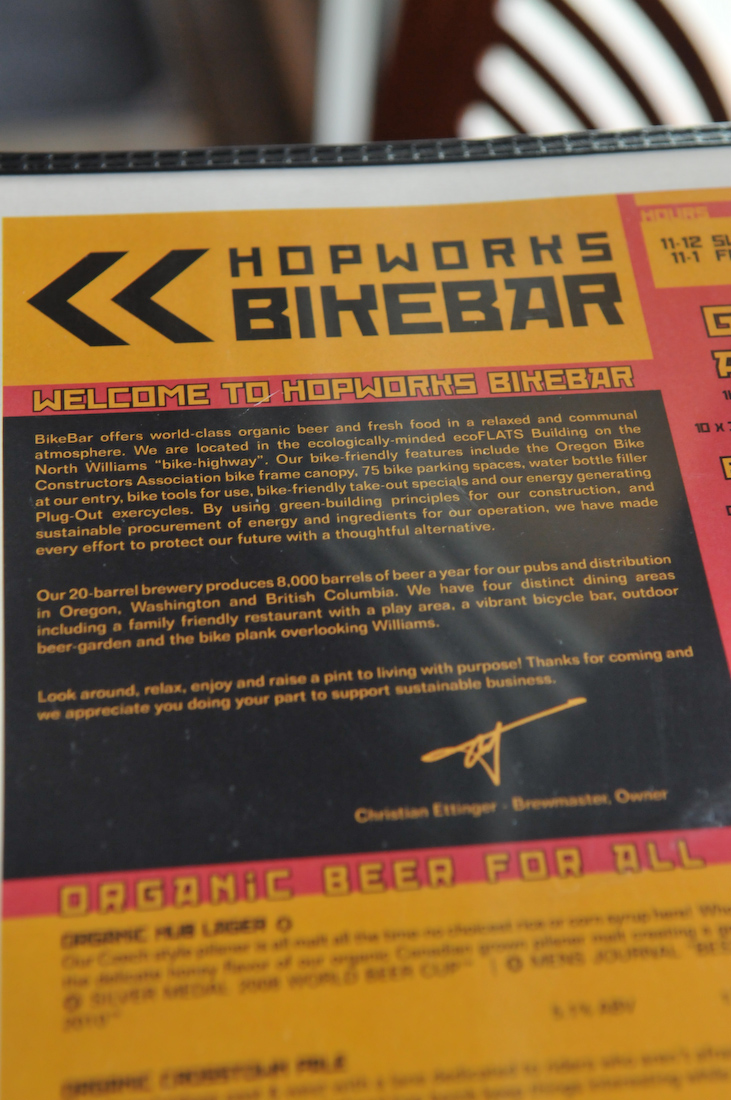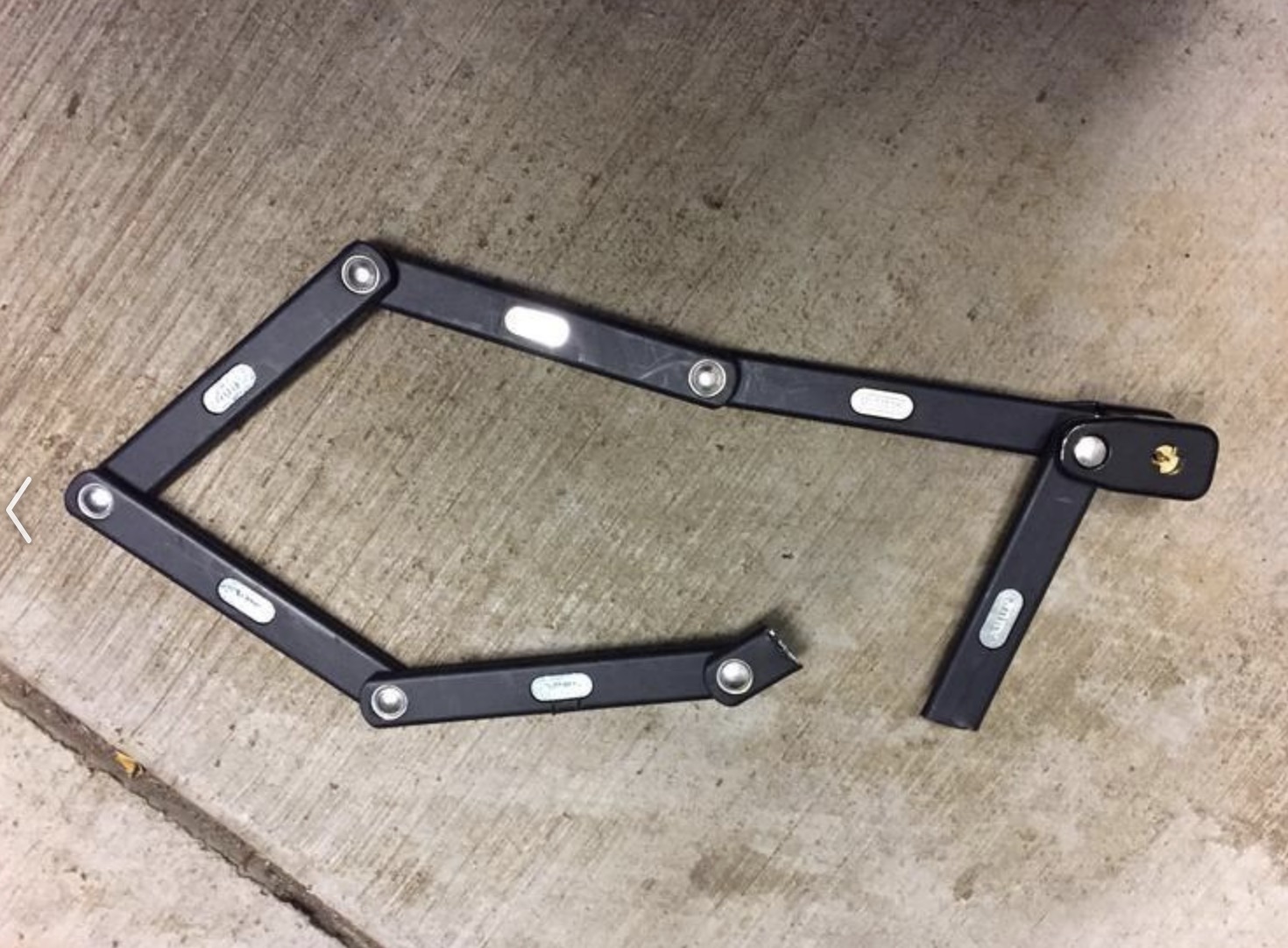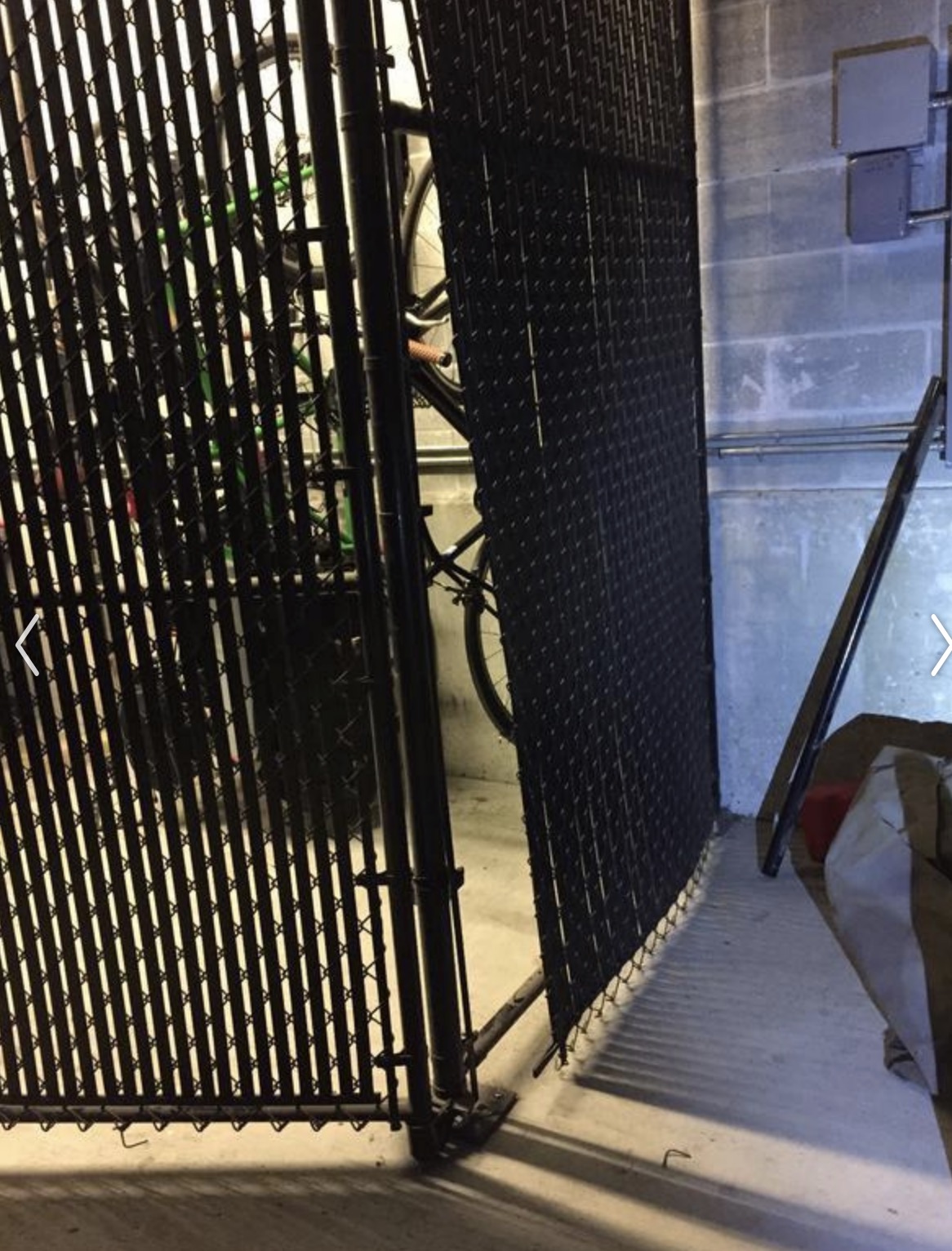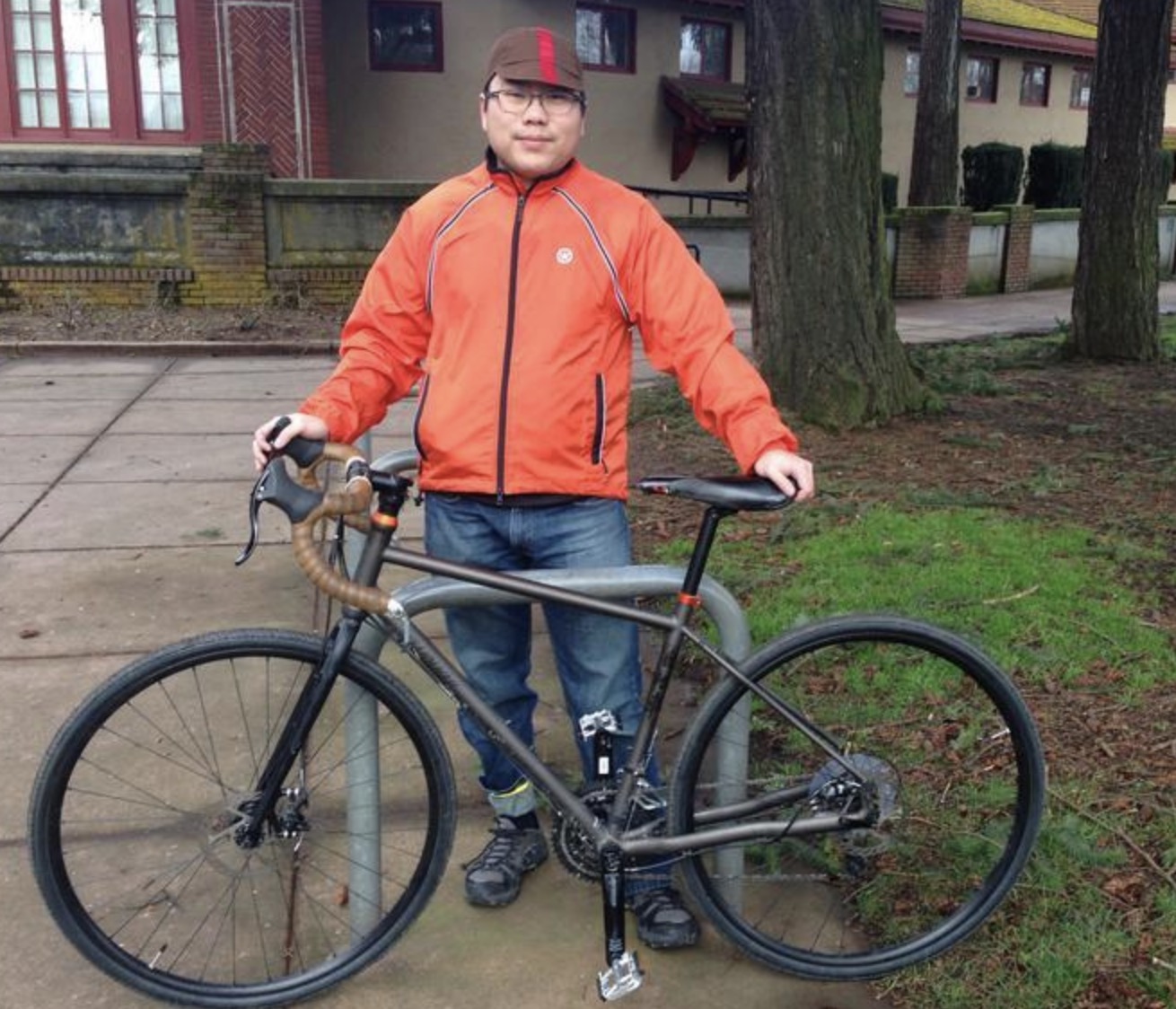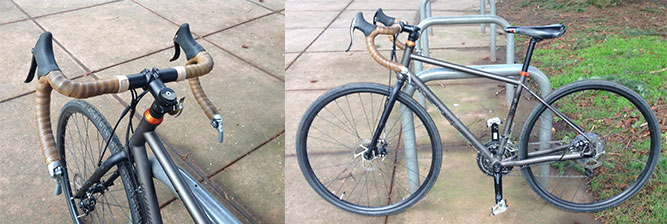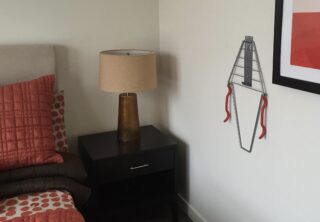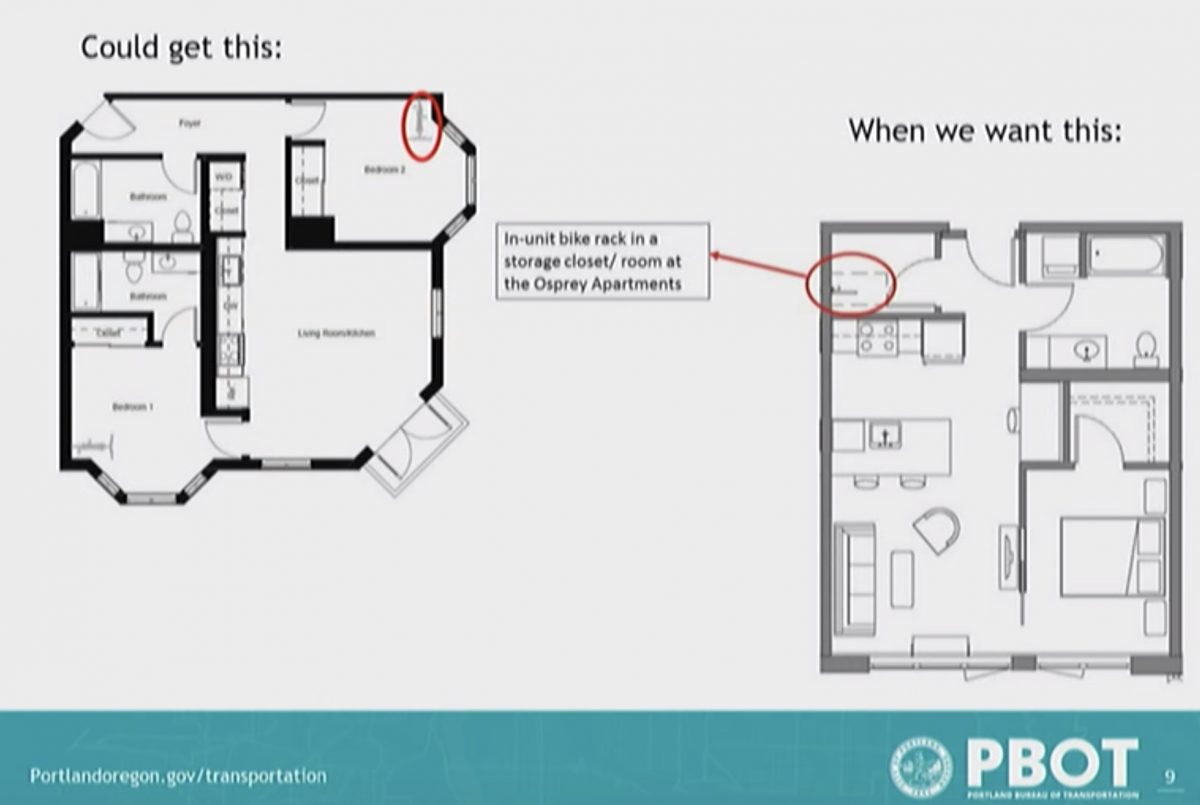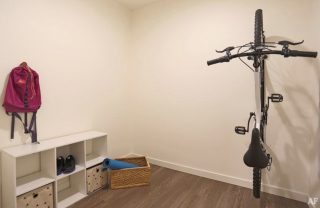
(Photo of Betsy Reese by Jonathan Maus/BikePortland)
Looking back at yet another eventful week here on BikePortland, I was struck by how many solid comments we had. I couldn’t pick one, so I’ve decided to highlight three.
Riding in River View Cemetery
The first comes from axoplasm in response to our story on River View Cemetery:
“Oh geez do I have Opinions. I lived for a decade at the top of Riverview & it continues to be a major part of both my commute and leisure rides. I almost said “training” rides but then I realized this is part of the problem. A cemetery is an acceptable place for (low-key) leisure. It’s maybe not an acceptable place for “training.”
Although I’ve never had a crash in the cemetery, I have definitely been The Jerk in this story. And as I routinely ride through here with my kiddos — who do tend to drift across the center line, even at the apex of turns — I’m also Rachel in this story.
But listen, I get tired of saying this: the real bad guys here are the City of Portland, who think that Taylor’s Ferry (!) is an acceptable bike route into the greater Lewis and Clark/Tryon/Burlingame neighborhood, and who continually leans on a private property to cover for this negligence.
I’m a Strong and Fearless Jerk and yet I seldom ride down Taylor’s Ferry, and never up it.
The City owns an adjacent property (Riverview Natural Area) that could (in theory) be transformed into a bike nirvana for Jerks and Rachels alike — providing both needed transportation infrastructure, and awesome recreational space. Instead of hollering at each other, let’s ask our elected officials why it isn’t.”
Racial dynamics in inner northeast Portland
Reader Keviniano was dismayed by the response to our story on the Lloyd to Woodlawn Neighborhood Greenway:
“It’s striking to me that so few posters here are taking this as a humbling moment for bicycle advocacy in Portland.
I recognize that BP comments are largely an in-group forum, so I expect some venting. Even so, it appears that urgency around climate change and traffic violence is leading to some hubris and many folks here being unwilling to check their blind spots around the continuing impacts of Portland’s profound and shameful history of institutionalized racism. While PBOT’s decision may bring some regained trust with PBOT in segments of the Black Portland, if the comments here are representative of the sentiments of the bicycle advocacy community at large (I hope they aren’t) then, as much as it hurts to say this, I think the lack of political power of bicycle advocates in the city may be well-earned.
I’m surprised and deeply saddened to see how many folks are doubling down on the wrongness of this outcome and the righteousness of their position rather than seeing this loss as an opportunity to reflect on and learn from the deficiencies of a movement that clearly failed to seize an opportunity for a coalition.
I didn’t know Ron Herndon at all, so I googled him after reading bikeninja’s comments above. Wow, that guy is amazing — he seems like the kind of leader ALL of Portland should be deeply proud to have. It’s just striking that for some the takeaway is that bike advocates just tangled with the wrong person, rather than “how can we learn from this leader?” or “how is that we failed to effectively cultivate the relationships and trust that would have lead to better infrastructure for everyone?” For me it’s less a question of how can bike advocates can get folks like Ron Herndon to come to their side and more one of how bike advocates can effectively come to the side of a civil rights leader and advocate for head start?
I think we need some spaces where leaders from Black Portland and bicycle advocates can meet and some sustained understanding and trust can develop. I think it would need some actual funding to create. Some pre-work within the advocacy side is probably in order. This “we’ve got a project so let’s do some outreach to the Black Community” business just isn’t going to cut it.”
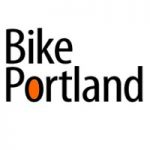
Thanks for reading BikePortland.
Please consider a $10/month subscription or a one-time payment
to help maintain and expand this vital community resource.
I-5 Rose Quarter project
And Betsy Reese feels like ODOT didn’t fulfill their end of the bargain when it came to promises made around the I-5 Rose Quarter project:
“My husband and I own the property known as Paramount Parking that is being taken by ODOT to create the new Hancock/Dixon.
My decades of bicycle and pedestrian safety advocacy, much of it specifically surrounding the notoriously dangerous Broadway/Flint/Wheeler intersection, apparently made us an easy mark for cooperation in the original design phase of this project. Allowing a bicycle and pedestrian ROW to be acquired through our property was represented as the fix to one of the most dangerous intersections in the city for bikes and peds.
Several aspects of the project that we were led to believe would improve our city are now missing or negatively altered on the current plan.
The new bike infrastructure was to be two-fold, promising:
– 1. The new Hancock-Dixon street that would run through our property would provide a safer, lower-stress route from N. Portland to the Broadway Bridge.
Instead, the new Hancock-Dixon St. will be an auto thoroughfare with painted bike lanes at a 10% grade that is now acknowledged by ODOT as likely being so unappealing to and unused by cyclists that they are not even indicating it on the maps they use in presenting active transportation infrastructure upgrades.
– 2. Additionally, the original plan showed two new MUPS running on ODOT property connected by the new Hancock/Dixon lid over I-5 that would effectively replace Flint Ave. The new off-street bike/ped paths were to connect the stubbed-off Flint at Tillamook to Broadway west of I-5.
Instead, of the two proper MUPS, one is completely missing, although ODOT said at March 4th meeting that it is still a “possibility”, and the other is not a MUP, but what I call BS. – BS stands for Bikes on Sidewalk – what engineers do when they can’t figure out what to do with bikes. This one is an elaborate and cramped 5%-grade switch-back MUP that will pit pedestrians and bicyclists against each other, and that few cyclists will use more than once.
This plan of passing through our property was represented as the solution to the need for a safer more comfortable bicycle route from North Portland to the Broadway Bridge.
Instead, it’s, ‘No. Sorry. It’s the Vancouver/Broadway/I-5 Freeway intersection for you, bicycle riders.’
– Yes – this is the route we are left with that most bicycle commuters will opt for. It includes a shift of the bike lane from the right side to the left side of the Vancouver, funneling cyclists into a “jug-handle” staging area for a right turn from Vancouver to Broadway across the freeway off-ramps. Given the number of daily bike commuters on this route – the highest in the city – I think it highly unlikely that the 90-degree turn into the jug-handle and waiting for the light in the staging area will feel like an improvement over the right turn onto Broadway from Flint that we have now.”
Just FYI, all three of these commenters are BikePortland subscribers and supporters. Thank you to them — and to everyone who contributes to the productive dialogue on this site.
Remember, you can nominate great comments by replying with “comment of the week”.
— Jonathan Maus: (503) 706-8804, @jonathan_maus on Twitter and jonathan@bikeportland.org
Never miss a story. Sign-up for the daily BP Headlines email.
BikePortland needs your support.
The post Comments of the Week: Rose Quarter bait-and-switch, a lesson for bike advocates, and jerks in River View appeared first on BikePortland.org.

from Latest headlines from BikePortland https://ift.tt/2OBw63Z







